PREMISE
How can a chatbot be an energy saver: Using a chatbot (with a recommender system back-end) as an energy assistant for reducing electricity consumption in Dutch households.
SYNOPSIS
This study aims to develop a chatbot with a recommender system back-end that can help households reduce their electricity consumption by offering usage patterns and recommending energy-efficient alternatives. The chatbot can also provide alerts and energy efficiency tips for devices. The study’s main goal is to assess the chatbot’s effectiveness in promoting energy efficiency among homeowners (for households that have migrated to the Netherlands within the past five years). These homeowners often encounter challenges in optimizing the usage of their electrical devices, such as TV, washing machines, dryer machines, and dishwashers, for greater efficiency. Many of these homeowners lack the necessary knowledge and skills to utilize their devices in the most efficient manner possible, resulting in potential energy wastage. To gather insights, all participating homeowners in the study are equipped with digital meters, which provide detailed information on their daily usage of these devices. This data enables accurate tracking of energy consumption patterns associated with the TV, washing machine, and dryer machine.
SCOPE OF THE RESEARCH AND LITERATURE INSIGHTS
The study highlights the need to reduce energy consumption in households, exacerbated by the COVID-19 pandemic and Russia’s manipulation of EU energy markets. Innovative solutions are crucial in addressing this energy crisis (Agnieszka, 2022).
In recent times, there has been a rise in applications and devices that help homeowners monitor their electricity usage, such as digital meters, smart electrical outlets, and electricity tracker applications (Gielen, 2019). These tools provide consumers with detailed insights into their energy usage patterns, enabling them to make informed decisions and promote sustainable living while reducing electricity bills and carbon footprint (Brown, 2019).
To optimize energy use, a chatbot app can read energy consumption from meters and provide guidelines to energy suppliers (Rocha et al., 2021).
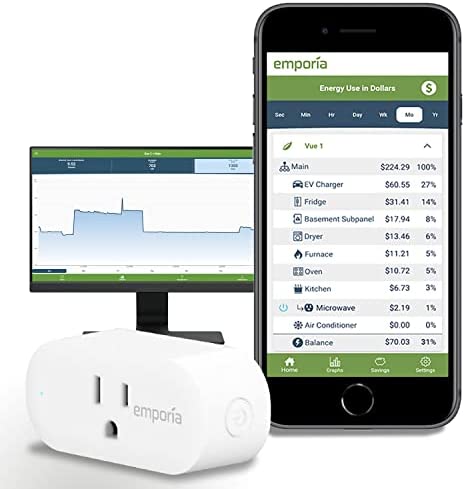

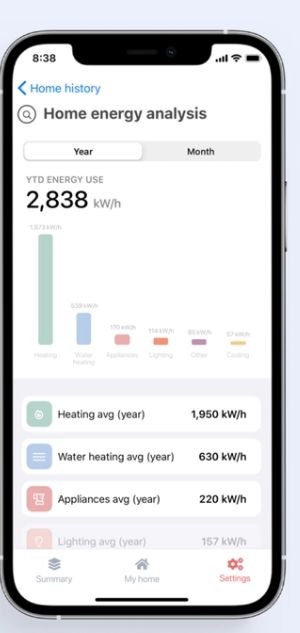
How does this study differ from previous research attempts?
One example of an application that provides users with real-time electricity usage information is the “EnergyHub” app (EnergyHub, n.d.). EnergyHub is a platform that connects with smart meters installed in households, allowing users to monitor their energy consumption in real time.
Another application that offers real-time electricity usage information is “Sense” (Sense, n.d.). Sense utilizes smart meter data and machine learning algorithms to provide users with real-time energy monitoring.
These applications exemplify how technology, such as smart meters and data analytics, can empower users by providing them with real-time electricity usage information (EnergyHub, n.d.; Sense, n.d.; Neurio, n.d.).

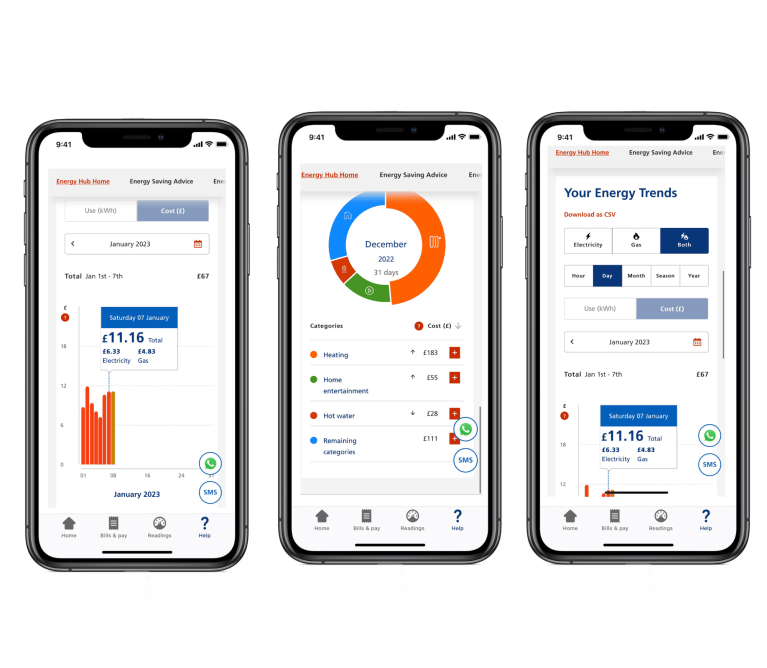
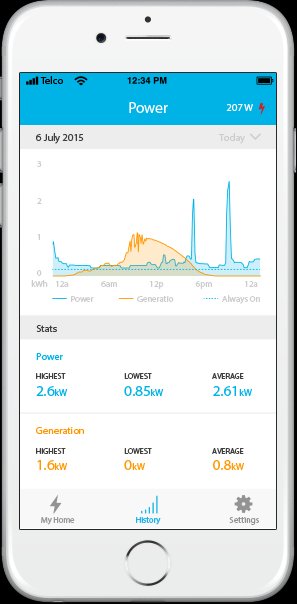
This research sets itself apart from previous studies by concentrating on developing a unique application that takes advantage of the Recommender System’s capabilities to give users personalized insights into their electricity usage. The previous systems were observed to lack any provision of suggestions or recommendations for the efficient utilization of electricity for electronic devices. In contrast, the proposed study aims to provide users with recommendations on optimizing their energy consumption by offering insights on how frequently to use specific electrical devices to prevent excessive consumption.
Recommender system
Choosing the right recommender system is crucial for a study, and in this case, the most suitable one is a system capable of handling sequential data and excelling in sequence modeling tasks. Long Short-Term Memory (LSTM), a type of recurrent neural network (RNN), is an optimal choice for this investigation. LSTM’s ability to capture temporal dependencies within sequential data enhances the accuracy and effectiveness of recommendations in the study’s context (Greff et al., 2017).
Data set
The study requires diverse datasets for a comprehensive analysis. Specifically, data on households’ daily usage patterns is essential. Users will input their usage details into an application. Another significant dataset involves capturing device consumption profiles and energy types. Users can manually provide this information or choose from a pre-existing device list in the application to estimate electricity consumption accurately. Furthermore, the study includes user-specific data such as email addresses, usernames, passwords, and other relevant details. Strict security measures are in place to ensure the confidentiality and privacy of this sensitive information. Data are stored as hash codes, ensuring that even if unauthorized access accurs, the actual content remains undisclosed and unintelligible.
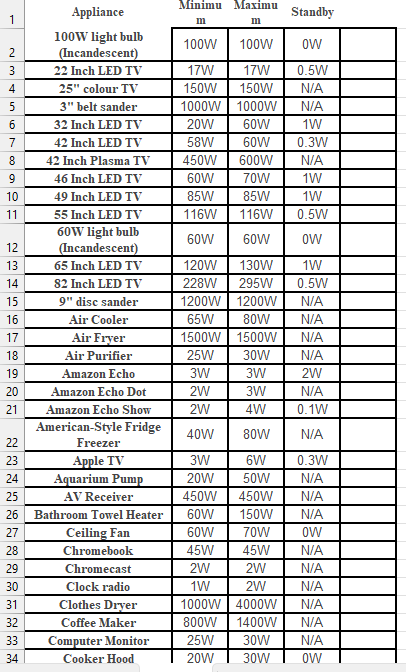
FIRST ITERATION: Data collection
The data collection process entails acquiring the requisite data and information as previously delineated. Subsequently, upon completion of the data collection phase, it becomes imperative to engage in data pre-processing procedures, including the removal of outliers, handling of missing values, and standardization of data formats. Following this, an in-depth examination and analysis of the dataset are conducted, to elucidate energy consumption patterns and identify influential variables that exert an impact on electricity usage.
SECOND ITERATION
This study aimed to understand users’ concerns and information needs when using an energy usage monitoring app. It focused on devices like televisions, washing machines, dryers, and dishwashers, as homeowners can actively manage their usage. Refrigerators, due to their continuous operation, were not included.
A survey was conducted, and users expressed interest in general guidelines for optimizing device efficiency and accessing information about their devices and usage patterns. They wanted to reduce electricity expenses through better device management and desired insights on minimizing electricity consumption. Users also requested the ability to modify device lists and associated information as needed.
These findings highlight the importance of understanding user needs when designing energy management apps. Providing relevant information helps users make informed decisions about energy usage.
THIRD ITERATION
In the third iteration, this study focused on presenting two distinct types of chatbot interfaces: one based on voice commands and the other utilizing text-based input. The purpose was to assess user preferences and determine the most suitable chatbot interface for the application. Upon evaluating these two options, it was found that a majority of users (3 out of 5) expressed a preference for the text-based input chatbot.
Users cited several reasons for favoring the text-based input chatbot. Firstly, they found it easier to follow and understand the interactions with the chatbot compared to voice-based commands. In contrast, issues related to pronunciation or misinterpretation of spoken commands were reported, leading to incorrect results or misunderstandings.
Moreover, users highlighted that the text-based input chatbot interface mitigated challenges associated with voice recognition and speech-to-text conversion. Pronunciation variations among users and background noise during voice input were identified as potential sources of errors and inconsistencies in the chatbot’s responses. By utilizing the text-based input chatbot, these concerns were effectively addressed.
Consequently, based on user feedback and considering the ease of use, comprehensibility, and limitations associated with voice recognition, the text-based input chatbot was deemed more suitable for the application interface. This decision ensures a user-friendly and reliable interaction between users and the chatbot system.
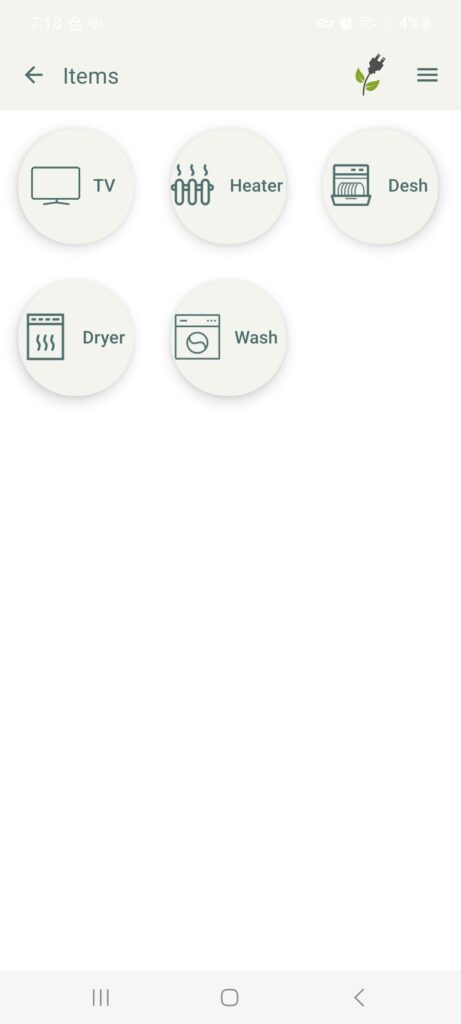


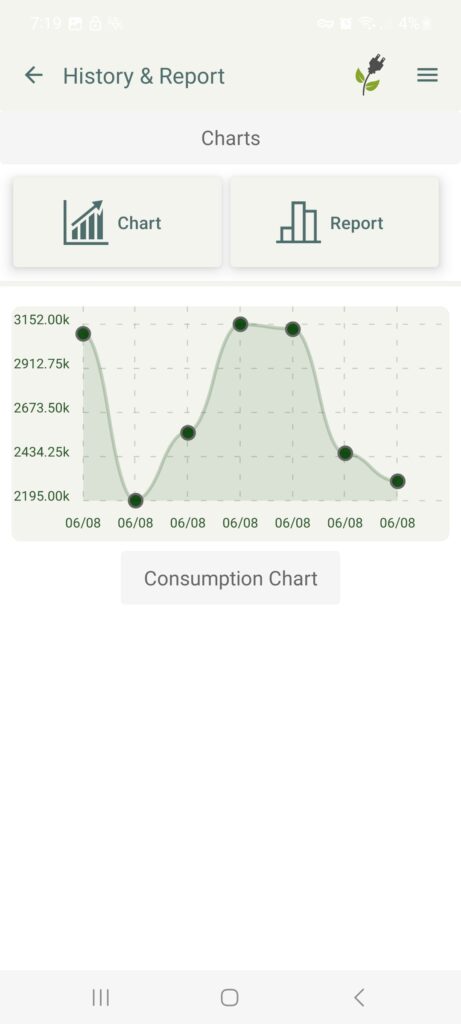
Conclusion
Promoting energy efficiency is a crucial endeavor, particularly within the European context, where significant efforts have been made to tackle this challenge. Among the latest technological advancements employed for this purpose, the recommender system stands out as a viable solution.
Subsequently, the study focused on identifying the most prevalent queries and information that users may require while utilizing the energy conservation application. To accomplish this, several surveys and user interviews were conducted to gather comprehensive data on user needs and preferences. Drawing upon this valuable information, the design of the recommender system was tailored to offer personalized recommendations to users on optimizing their energy consumption. This includes providing valuable insights on when to utilize specific electrical devices to mitigate excessive energy usage.
Future’s Effort
To enhance the practicality of the application, minimizing human error assumes paramount importance. A viable approach to achieve this objective involves incorporating a device capable of autonomously monitoring the daily electricity usage of households. In this regard, the design and implementation of an Internet of Things (IoT) device emerge as a valuable solution. This IoT device would effectively gather and record usage information from all connected household devices, subsequently transmitting the captured data using platforms such as Arduino or Blynk 2.0. By leveraging IoT technology, the application can automate the process of data collection, minimizing reliance on manual input and reducing potential inaccuracies arising from human involvement.
REFERENCES
Agnieszka, W. I. D. U. T. O. (2022). Energy saving and demand reduction.
Brown, M. A., & Zhou, S. (2019). Smart‐grid policies: an international review. Advances in Energy Systems: The Large‐scale Renewable Energy Integration Challenge, 127-147.
Energiewende, A. (2019). European Energy Transition 2030: The Big Picture IMPULSE.
EnergyHub. (n.d.). EnergyHub – Home. Retrieved from EnergyHub Website
Greff, K., Srivastava, R. K., Koutník, J., Steunebrink, B. R., & Schmidhuber, J. (2017). LSTM: A search space odyssey. IEEE Transactions on neural networks and learning systems, 28(10), 2222-2232.
Huang, X., & CIS, A. (2021). CHATBOT: DESIGN, ARCHITECTURE, AND APPLICATIONS.
Journal, I. R. J. E. T. (2022). Survey on Chatbot Classification and Technologies. IRJET.
Neurio. (n.d.). Neurio Home Energy Monitor. Retrieved from Neurio Website
Rocha, C. V., Vieira, P. H., Pinto, A. M., Bernhard, P. V., Junior, R. J. A., Marques, R. C., … & Monteiro, E. M. (2021, October). A comparative study of methods based on deep neural networks for self-reading of energy consumption in a chatbot application context. In Anais, Estendidos do XXXIV Conference on Graphics, Patterns, and Images (pp. 233-239). SBC.
Sense. (n.d.). Sense: Real-time electricity usage monitor & energy monitor. Retrieved from Sense Website